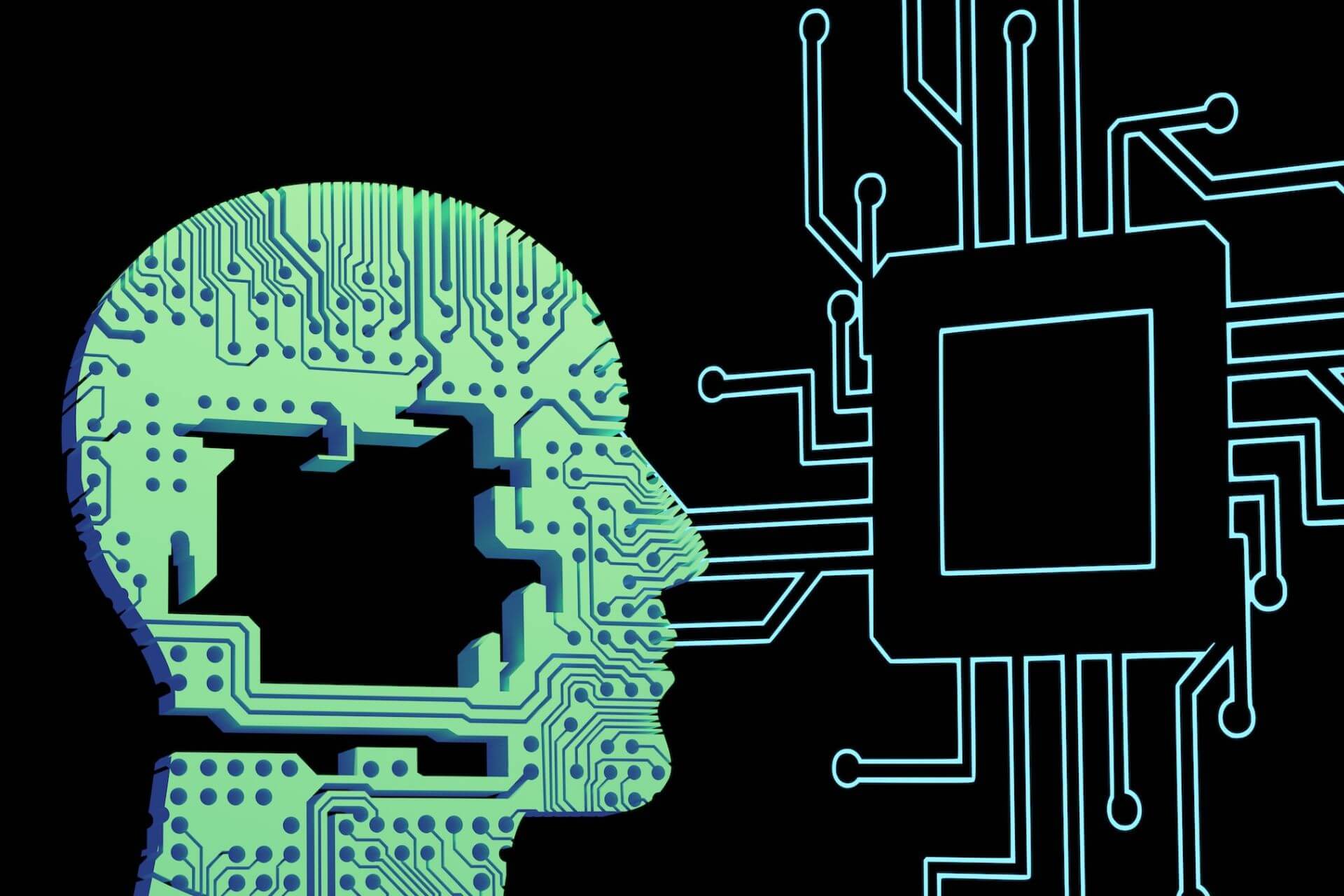
The Difference Between AI and Machine Learning Explained
October 17, 2023 - Lou Farrell
Revolutionized is reader-supported. When you buy through links on our site, we may earn an affiliate commission. Learn more here.
What is the difference between AI and machine learning? Are they two terms for the same thing or completely different? These are important questions to ask today as both AI and machine learning become increasingly common in our everyday lives. There are some important differences between these two technologies, but it’s not as complicated as some people may think.
The Difference Between AI and Machine Learning
Both AI and machine learning are frequently in the news and all over social media today. So, it’s important for everyone to understand the difference between AI and machine learning. Many people mistakenly assume they’re the same thing, but there are a few ways they differ.
What is Artificial Intelligence?
Artificial intelligence is a broad category of technology that can make computations on an advanced enough level to reflect human intelligence. AI is usually a very complex type of code called an algorithm. The algorithm determines the way the AI thinks and acts as the foundation from which the AI makes decisions, responds to input and processes logic.
There are different types of AI. Most AI today are made for a single purpose. For example, ChatGPT can have text-based interactions with users. DALL-E can generate images. These AI are very intelligent at specific things, but can’t compare with a human.
Artificial general intelligence, or AGI, is a type of AI so advanced that it truly can match human intelligence. Humans can use their intelligence to do many things rather than just one or two specific tasks. In theory, AGI would work the same way. No one has developed true AGI yet, though. Some computer scientists are skeptical that it is even possible.
What is Machine Learning?
It’s easy to get confused when trying to tell the difference between AI and machine learning, especially since the two technologies often go hand in hand. Machine learning is one of many applications for artificial intelligence. It is a special type of algorithm that can “learn” from training input by adapting its algorithm over time.
Machine learning is often part of larger AI models. For instance, ChatGPT used machine learning to learn how humans communicate, what natural language sounds like, how to identify different types of questions and more.
Not all AI is machine learning, but all machine learning is a type of AI. Machine learning will improve over time, but the same is not necessarily true for all AI models.
How Are AI and Machine Learning Used?
The difference between AI and machine learning also extends to the way developers, businesses and everyday people use the two technologies. There are certain situations where a developer doesn’t need their algorithm to adapt or learn over time, meaning it’s not necessary to use machine learning.
For example, the artificial intelligence that automates non-player characters’ actions in a video game often isn’t machine learning. Using a basic AI algorithm for it will make the non-player characters more interesting while keeping their behavior consistent.
It’s worth noting that many video games do use machine learning, as well. It is increasingly found both in-game and in the game development process. For instance, strategy games often employ more advanced AI models to make it more fun playing against the computer rather than another person.
On the other hand, there are many situations where it’s crucial for an AI to adapt to changes over time. A great example of this is translation AI models. Language translation is a complex science. There are different dialects and speaking styles. The way people who speak a certain language use that language also changes frequently.
So, in this case machine learning is invaluable. The machine learning algorithm can see or hear millions of samples of different languages and improve its understanding of those languages over time. This allows it to be more accurate and consistent when translating.
Machine learning might also be used to develop another AI model. Rather than programming an AI manually, a developer could use machine learning to teach it how to do something. One example of this is image recognition algorithms. These algorithms might not continue learning after launch, but they did use machine learning to gain the ability to process images.
This highlights a key difference between AI and machine learning. A machine learning algorithm will continue learning from all of its interactions and input as long as it is operational. AI can use machine learning, but many artificial intelligence models do not continue evolving after the developer finishes building them.
What About Deep Learning?
Just like machine learning is a type of AI, deep learning is a type of machine learning. It’s somewhat more advanced than basic machine learning techniques and automates most of the learning process.
One of the drawbacks of most machine learning techniques is that they require labeled data. This means that the developer needs to manually go through all of the training data and label it. For instance, they might mark all pictures containing dogs or cats for an image recognition model.
Deep learning can use unstructured data and connect the dots on its own. It doesn’t require labeled data to extract important features and patterns from datasets. Many deep learning models do still benefit from having some labeled data, but they don’t necessarily require it the way machine learning models do.
This does create one important drawback for deep learning: it needs much more training data than machine learning. Since the algorithm is forming connections between data points on its own, it requires more data to accurately form data clusters.
Deep learning can create more complex, advanced algorithms compared to basic machine learning. A great example of deep learning at work is generative adversarial networks or GANs. ChatGPT uses a GAN as well as the first generation of the DALL-E AI (although it transitioned to a more advanced stable diffusion model in 2022).
GANs are often the deep learning models that power any kind of generative AI. They develop such a deep understanding of a certain type of content, like language or images, that they can replicate custom examples of that content type.
AI, Machine Learning and Deep Learning
Artificial intelligence is a broad field of different technologies that includes machine learning, deep learning and more. These computer algorithms are becoming increasingly popular in the workplace and in our everyday lives. So, it’s essential to understand the difference between AI and machine learning as well as related technologies like deep learning. Ultimately, it’s simply a matter of how the algorithm learns or adapts over time.
Revolutionized is reader-supported. When you buy through links on our site, we may earn an affiliate commission. Learn more here.
Author
Lou Farrell
Lou Farrell, Senior Editor, is a science and technology writer at Revolutionized, specializing in technological advancements and the impacts on the environment from new developments in the industry. He loves almost nothing more than writing, and enthusiastically tackles each new challenge in this ever-changing world. If not writing, he enjoys unwinding with some casual gaming, or a good sci-fi or fantasy novel.







